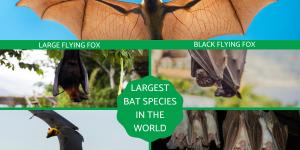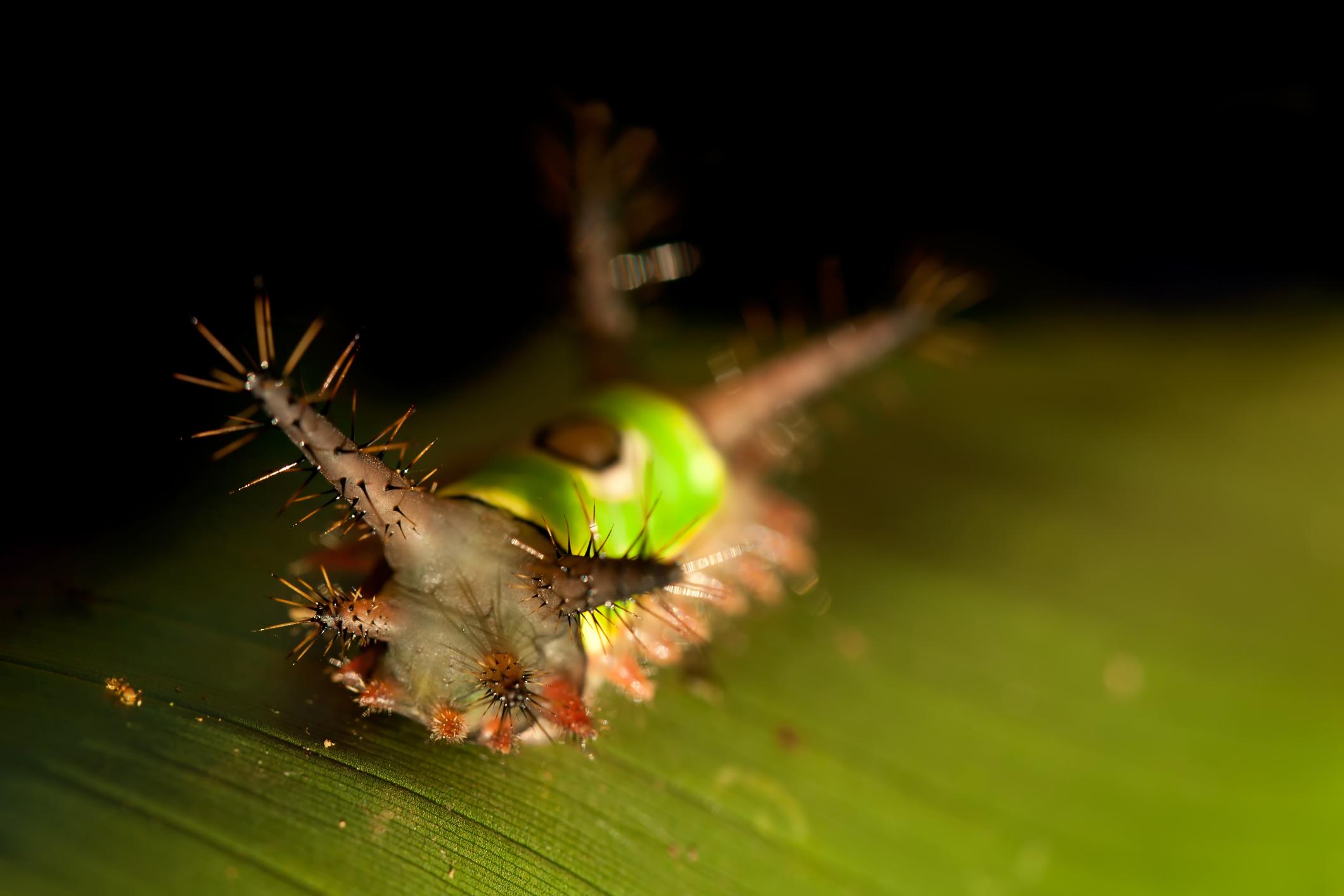Most Deadly Poisonous Caterpillars in the World

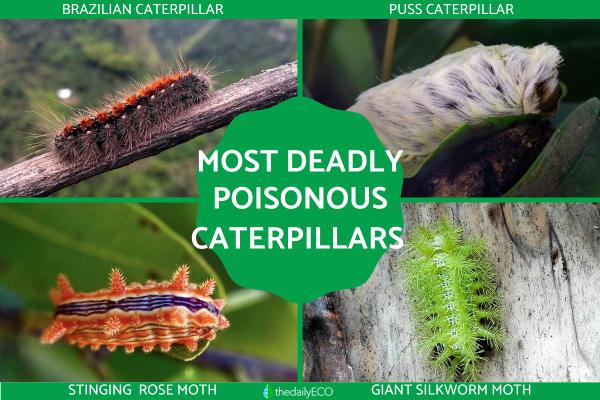
Butterflies and moths are some of the most beautiful animals in the world, but we do not associate them with being venomous. They lack stingers, fangs or other appendages which would allow them to break the skin of a person or an animal. For this reason, it can seem strange that some of the most deadly insects in the world are the larval stages of these insects, i.e. caterpillars.
At thedailyECO, we explain what are the most deadly poisonous caterpillars in the world. We explain why these larval lepidopterans are so deadly, as well as show you photos of how they are also some of the most beautiful creatures on the planet.
- Are caterpillars poisonous?
- Brazilian caterpillar (Lonomia achelous)
- Puss caterpillar (Megalopyge opercularis)
- Stinging rose moth (Parasa indeterminate)
- Giant silkworm moth (Lonomia obliqua)
- Saddleback caterpillar (Acharia stimulea)
- Can poisonous caterpillars kill you?
- Caterpillar venom effects
- How to avoid caterpillar bites
Are caterpillars poisonous?
Although they couldn't appear more different, caterpillars are the same creatures as insects from the order Lepidoptera, more commonly known as butterflies and moths. Caterpillars are the larval stage of these insects, turning into their flying adult stage once they have gone through a process known as metamorphosis.
During the stage of metamorphosis, the physical features which caterpillars have change substantially. These changes are so extreme they seem like completely different animals. The caterpillar stage is known as the active feeding stage since they use mouthparts known as mandibles to bite and chew vegetation to both survive and give them the energy they need for metamorphosis.
Adult butterflies and moths do not have these anatomical features, so they cannot eat solids. Instead, they consume liquid sugars and other substances to survive. Learn more about venom in insects with are article on whether a bee dies after stinging someone.
Although we consider some caterpillars to be venomous, they can also be poisonous. This is because their hemolymph fluid can contain the toxins which act as a poison[1]. However, we generally consider dangerous caterpillars to be venomous, something we explain now.
Some of the most venomous animals use fangs to bite and envenomate another living being. Caterpillars do not use their mandibles to do this. In fact, they lack a specialized venom gland. Instead, they synthesize venom in epithelial cells which is them stored in setae, spine-like hairs which can even appear furry. When someone or something touches these setae, the venom is released.
It is important to note that not all caterpillars are poisonous. In fact, only a very small minority have this ability. While most caterpillars have setae, only some are venomous. We learn which ones to avoid with our list of the most deadly poisonous caterpillars in the world, providing photos so you can know to avoid them if you discover one in nature.
Brazilian caterpillar (Lonomia achelous)
This is a moth native to Central America, also known as the giant silkworm moth caterpillar. They are associated with the Tapiria guianensis palm. When it is in its caterpillar stage, it releases a substance on contact that activates the thrombolytic system of anyone that trues to touch it. This venomous toxin has an anticoagulant and fibrinolytic function.
In terms of symptoms, an itching sensation is perceived, but after 72 hours there will be more serious bleeding symptoms, such as nosebleeds, intestinal bleeding and even genital bleeding in women. If not identified and not treated, it can progress to coma and death.
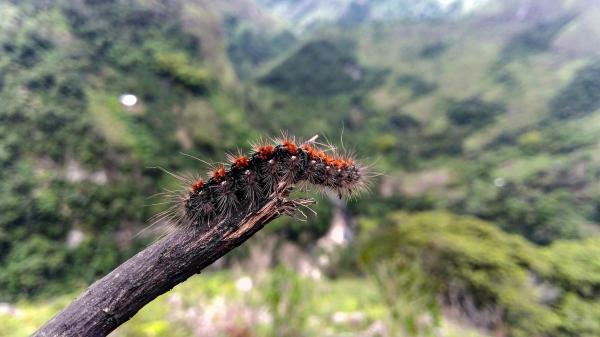
Puss caterpillar (Megalopyge opercularis)
This caterpillar of the Megalopyge opercularis species is the larval stage of the southern flannel moth. Both the adult and larval stages are covered in fur-like setae which you can see in the photo below. Despite their cuddle appearance, these caterpillars are not to be petted. If we were to touch them, they release a toxin which is also hemorrhagic and leads to a radiating pain. Although some can be localized to the area which comes in contact, this means the pain can travel up the limbs and cause other serious symptoms.
The puss caterpillar is considered the most deadly venomous caterpillar in the United States, although very few reports of death have occurred. If a fatality was to occur, it is most likely associated with an allergic reaction or a preexisting condition such as kidney failure.
Learn more about how caterpillars develop with our sister site's guide to how butterflies are born.
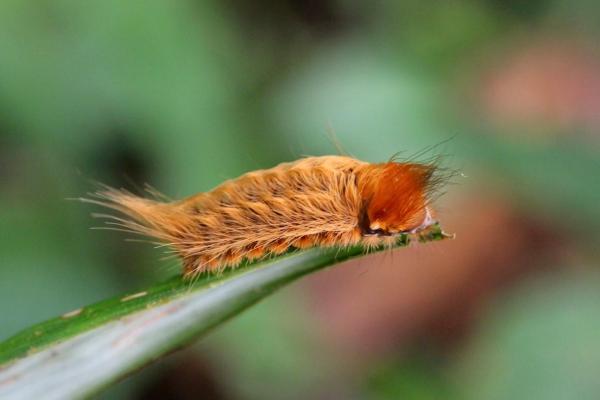
Stinging rose moth (Parasa indeterminate)
The common name of Parasa indeterminate is the stinging rose moth, but this is a misnomer. Only the caterpillar stage can envenomate. They are a lemon green moth with yellow and beige details, particularly noted for being very hairy. Its larval stage is also peculiar in that it is bright yellow or orange in color with contrasting black and white vertical lines running down the body. On this it has numerous extensions covered by fine bristles, which if touched will leave an irritation. They are not a deadly venomous caterpillar, but we do want to stay away from them.
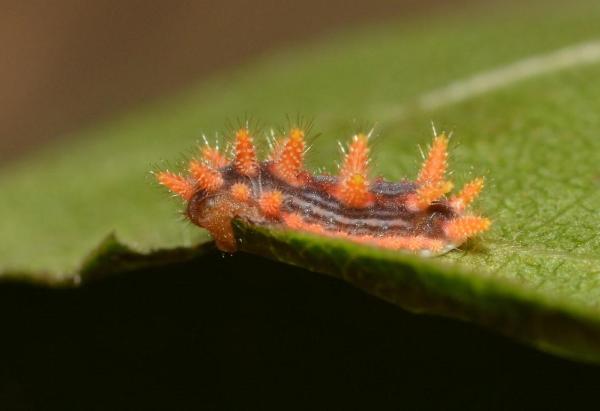
Giant silkworm moth (Lonomia obliqua)
Lonomia obliqua is a caterpillar with gregarious habits that comes out to feed on leaves at night. During the day it stays on the trunks of trees, although you can see in the photo they also travel up walls. Touching the bristles releases the poison that produces irregularities in the victim's blood, causing disintegration of erythrocytes and even kidney failure. Since poisoning can be fatal, these are considered one of the most deadly venomous caterpillars.
Symptoms will be perceived as upset stomach and bruising. They are common in Brazil, Argentina, Venezuela and Colombia. The treatment consists of administration of the particular antivenom for this species.
Some butterflies are abole to suspend their activity for long periods, something we discover in our related article on diapause in insects.
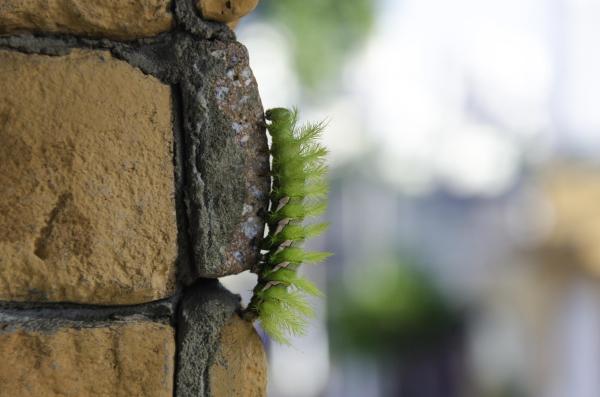
Saddleback caterpillar (Acharia stimulea)
Native to North America, this poisonous caterpillar is also one of the most beautiful creatures on Earth. Their body is a range of browns and orange tints, but they are so called thanks to a distinctive pattern on their back. It looks as if a green blanket has been draped over their back with a hole in the center which looks like a saddle. We cannot miss the many very sharp spines which also cover their body.
While they may look different to the furry setae of other deadly poisonous caterpillars we have mentioned, they are actually the same. These are just a little sharper than most. Symptoms of envenomation include rashes, migraines, asthma complications and even potential anaphylactic shock. The spines become embedded in the skin and they can keep sending venom until they are removed.

Can poisonous caterpillars kill you?
Caterpillars tend to be sought after as food by birds and other vertebrate animals because they are rich in protein. In addition to the aforementioned poisonous setae, many caterpillars have developed an unpleasant taste that prevents them from being eaten. They may also have the ability to secrete poisonous substances so that they are unappetizing to eat. This is why some caterpillars are both venomous and poisonous.
Another defense strategy observed in caterpillars is aposematism in animals, which is conspicuous body coloration to warn of danger. Essentially, aposematism is the opposite of camouflage as the animals make themselves more conspicuous so predators know to leave them alone.
Some caterpillars use Batesian mimicry, although this is more commonly associated with their adult form[2]. This is when they have a similar appearance to poisonous animals which makes them look dangerous, even though they are not. Caterpillars also tend to assume a defensive posture by raising the first part of their body to make themselves look bigger and more dangerous.
As we can see from the examples of deadly poisonous caterpillars, the symptoms can be very severe. Deaths from caterpillars are rare, but they do occur. One of the most deadly is the giant silkworm moth caterpillar (Lonomia obliqua) which can cause acute renal failure[3]. Someone who already has kidney disease is particularly in danger, but even otherwise healthy people can suffer, especially if there is a delay in administering antilonomic serum (SALon), the antidote for this caterpillar's venom.
Caterpillar venom effects
The caterpillar bite is known as erucism. The effects of caterpillar venom are mainly perceived as histamine allergic reactions. Symptoms vary from species to species and are dependent on the individual and the treatment provided. Symptoms of caterpillar venom include:
- Skin disease
- Urticaria (a type of rash)
- Blisters on the skin
- Localized inflammation
- Respiratory insufficiency
- Itching
- Blood disorders
- Nausea
- Stomachache
- Coma
- Death

How to avoid caterpillar bites
To avoid caterpillar bites, you should not come into contact with them. The photos we use in this article should help you to avoid them if you see them. They are not usually found in places where they get in the way of humans, so many of these accidents happen to disturb them.
It is common for caterpillars to fall from trees in areas of thick wild vegetation. Care must be taken because the bristles can be dispersed through the air and deposited from distant areas on the skin. For those people who frequent wooded areas, it is recommended to wear protective clothing. Wearing long sleeves, long pants, thick boots, gloves and a hat can be the protection which prevents caterpillar envenomation.
If you want to read similar articles to Most Deadly Poisonous Caterpillars in the World, we recommend you visit our Facts about animals category.
1. Seldeslachts, A., Peigneur, S., & Tytgat, J. (2020). Caterpillar Venom: A Health Hazard of the 21st Century. Biomedicines, 8(6), 143.
https://doi.org/10.3390/biomedicines8060143
2. Kitamura, T., & Imafuku, M. (2010). Behavioral Batesian mimicry involving intraspecific polymorphism in the butterfly Papilio polytes. Zoological science, 27(3), 217–221.
https://doi.org/10.2108/zsj.27.217
3. Gamborgi, G. P., Metcalf, E. B., & Barros, E. J. (2006). Acute renal failure provoked by toxin from caterpillars of the species Lonomia obliqua. Toxicon: official journal of the International Society on Toxinology, 47(1), 68–74.
https://doi.org/10.1016/j.toxicon.2005.09.012
- Machado, A., & Rodriguez, A. (2005) Poisonous and poisonous animals of Venezuela. Caracas: UCV.
- Maggi, S., & Faulhaber, G. A. M. (2015). Lonomia obliqua Walker (Lepidoptera: Saturniidae): hemostasis implications. Magazine of the Brazilian Medical Association, 61, 263-268.




